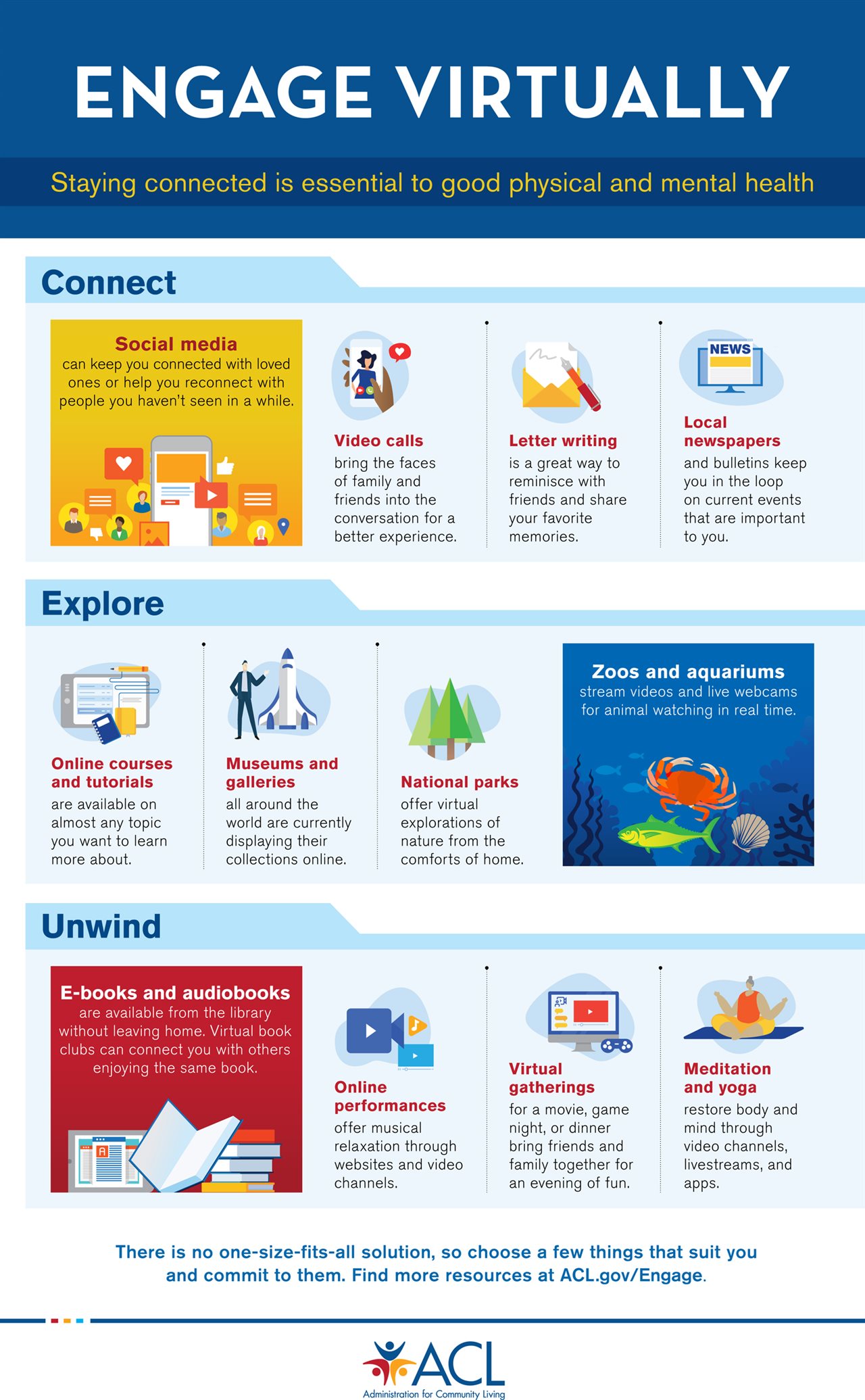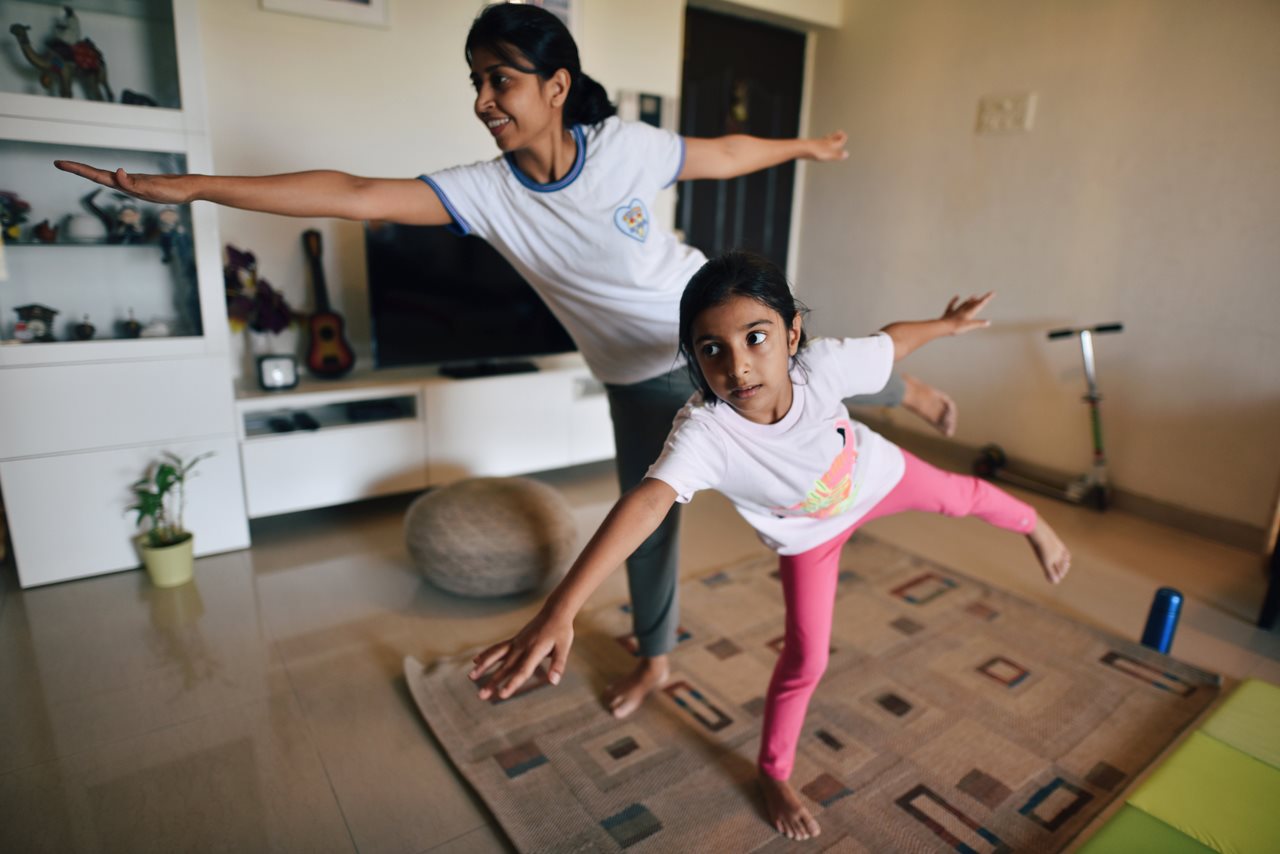2020-09-16T09:03:00
(BPT) – For many families across America, fall is viewed as a time to reset and create new rituals, especially with key moments like back-to-school. We all know common routines have been disrupted due to the COVID-19 pandemic, which makes parenting more challenging than ever. This year, preventing illness at home is part of everyone’s focus. A simple runny nose could mean anything from the common cold or allergies to something more serious like the flu or COVID.
“This fall, parents’ #1 priority should be keeping their family healthy,” says Dr. Wendy Wright, adult and family nurse practitioner, owner of two family-health clinics and spokesperson for Advil. “In addition to COVID-19 concerns, there’s the typical cold and flu season to consider, with these dual threats unlike anything we’ve ever faced before. By being proactive and knowing smart steps to treat illness, you’ll help support your family’s well-being.”
Wright recommends these three tips to help keep families healthy this fall:
1. Wash and disinfect daily
Whenever you and your family re-enter the home, wash your hands right away with soap and water. Wash hands well for 20 seconds, or about the time it takes to sing “Happy Birthday” twice. Washing your hands is one of the easiest, most effective ways to prevent the spread of germs.
If soap and water aren’t readily available, the CDC recommends an alcohol-based hand sanitizer that contains at least 60% alcohol. You should apply the hand sanitizer gel in the palm of your hand, rub your hands together and then rub the gel on your hands and fingers for 20 seconds until they’re dry.
You should also disinfect commonly touched items. For kids attending school, this means wiping down backpacks, lunch boxes inside and out and folders used to bring paperwork to and from school each day. If done according to directions on the disinfectant, this helps kill germs and can further lower the risk of spreading infection.
2. Monitor and treat a fever
This cold and flu season, monitoring and treating fevers are more important than ever to reduce the spread of germs. Readings at or over 100.4 F indicate a fever and may be a sign of underlying illness. Keep family members at home if they have a fever and treat as necessary with Advil to reduce fever and relieve minor aches and pain associated with the common cold or flu. There are different types of Advil that your entire family can use to ensure everybody in your home has options.
3. Set routines to prioritize health
Routines bring structure to the day, something that will be key this fall when kids are back in school, be it in-person, at-home or a hybrid approach. Now that kids are waking up earlier, they also need to go to bed early, so it’s important to set a sleep routine for your family. Adequate sleep provides energy, helps students focus at school and supports a healthy immune system.
The CDC recommends these sleep guidelines depending on your child’s age:
- Preschool 3-5 years old: 10-13 hours
- School-age 6-12 years old: 9-12 hours
- Teen 13-18 years old: 8-10 hours
A well-balanced diet is also important for a healthy household. The CDC recommends the following healthy eating habits:
- Provide plenty of vegetables, fruits, and whole-grain products
- Include low-fat or non-fat milk or dairy products, including cheese and yogurt
- Choose lean meats, poultry, fish, lentils, and beans for protein
- Encourage your family to drink lots of water
- Limit sugary drinks
- Limit consumption of sugar and saturated fat
Parents should also ask kids how they are feeling both mentally and physically and note any symptoms. Of course, if someone feels ill or is showing signs of sickness, stay home and seek immediate medical attention from your family doctor, local pharmacist or other healthcare provider.
“This fall will be different than what we’re used to,” says Wright. “With a positive attitude and proactive planning, you can support your family’s wellness and help them thrive educationally.”














